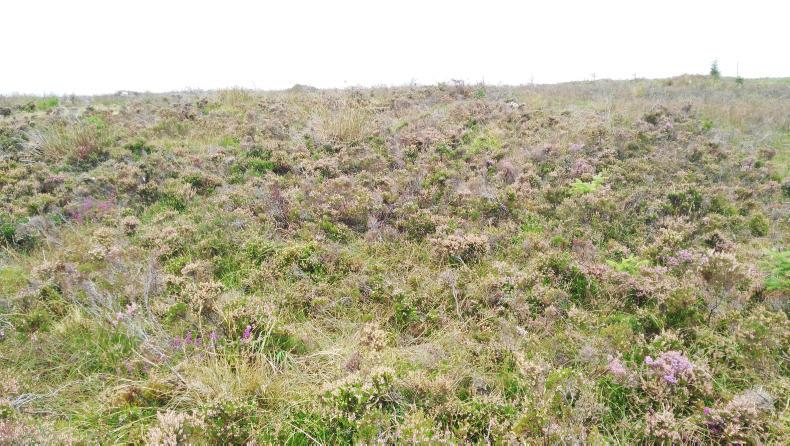Many farmers will use controlled burning as a method of controlling both heather and gorse in mountain grazing over the next few months. Legally, controlled burning may only take place between 1 September and 28 February. It may only be carried out on uncultivated land.
In certain circumstances, there may be safer effective alternatives to burning, such as mechanised equipment and livestock grazing.
For species such as bracken and purple moor grass, burning can actually exacerbate the problem as they are fire-tolerant. The chosen method will prove fruitless unless it is combined with a sustainable grazing programme.
It is always recommended that controlled burning should be carried out by personnel with adequate training, knowledge and experience in the area. A written burning plan, including maps, must be prepared before any controlled burn takes place. This plan should then be forwarded to the local fire service, Garda station and National Parks and Wildlife Service. If you intend to burn within one mile of a forest, then you are required by law to notify both your local Garda station and the forest owner at least seven days in advance in writing.
If conditions are suitable for a tractor-mounted flail or mower, firebreaks can be rapidly swiped or cut in vegetation immediately before lighting the fire. The chain swipe makes a swathe of mashed up vegetation and litter, which, provided it does not dry out, will not ignite readily.
If firebreaks are mown/cut rather than swiped, the cut vegetation must be removed from the firebreak if it is to be effective. Mown firebreaks can be made even more effective if combined with damping down with water.
For optimum control, not more than 0.5ha (1.25 acres) should be burning within the control lines at any one time.
Chemical fertiliser
From 15 September, farmers are prohibited from spreading chemical fertiliser on their land until January 2018. Farmers are still permitted to spread organic fertiliser until 15 October and farmyard manure until 1 November.






 This is a subscriber-only article
This is a subscriber-only article










SHARING OPTIONS: